Part of the production process, which is aimed at providing it with energy, at the technological equipment of workplaces, as well as at repairing and restoring fixed assets, is called auxiliary production. It provides efficient and uninterrupted operation of the main production. That is why main and auxiliary production are closely interconnected. The products of the latter are consumed mainly by the shops and services of the enterprise itself.
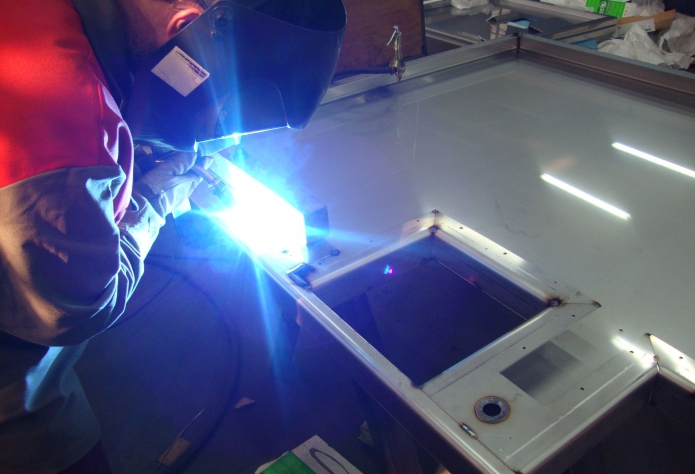
Tasks to be Solved
The main tasks that auxiliary production solves include the following:
- providing the enterprise with various types of necessary energy (gas, steam, electricity);
- repair and manufacturing of containers, special tools, technological equipment;
- repair and adjustment of mechanical and electrical equipment, transport mechanisms, as well as instrumentation;
- equipment care, control over its use and safety;
- repair of household equipment, structures and buildings;
- reception, storage, delivery of materials, raw materials, semi-finished products, tools, equipment.
Subsidiary farm structure
Auxiliary production consists of the following elements:
- service facilities (warehouses, transport, etc.), services in the main workshops;
- auxiliary workshops (energy, mechanical repair, tool), depending on the nature of industries;
- regulation of loading and unloading and transport and storage operations.
Increasing labor productivity is an important factor contributing to the growth of efficiency of the entire production process. Workers who service auxiliary production are auxiliary workers. Practically at all large enterprises there is a complex of sites, services and workshops of auxiliary facilities. The main and auxiliary production are comparable in size and specificity of the industry.
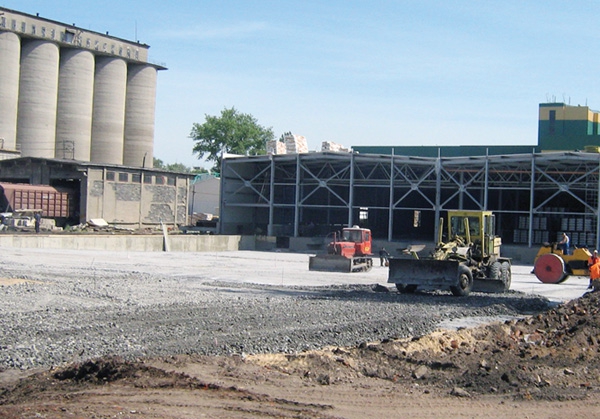
Repair facilities
This is a set of production units that carry out activities to monitor the condition of equipment, care for it and timely repair.
Repair auxiliary production at large enterprises may include the following units:
- electrical repair shop;
- mechanical repair shop;
- repair and construction workshop;
- plot on which repair of sanitary equipment is performed.
The process of repairing technological equipment at the enterprise is based on the following systems:
1. PPR systems (scheduled preventive maintenance) - a series of planned organizational and technical measures for the maintenance, repair and supervision of equipment aimed at preventing its premature wear and preventing accidents. This also includes the modernization of equipment that occurs during its repair.
2. Repair systems based on the results of technical diagnostics. Any type of repair is carried out only after an objective assessment of the technological condition of the equipment.
Together, these systems help to significantly reduce auxiliary production costs.
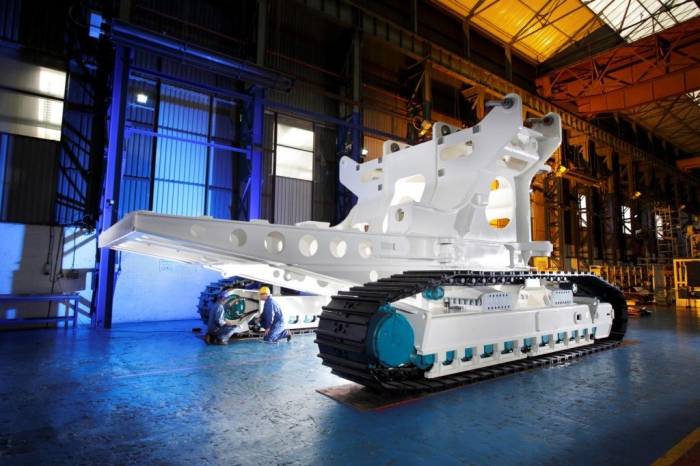
Tool economy
Tool (technological equipment) is any kind of measuring, cutting and assembly tool, molds, dies and various devices. The set of departments that are responsible for the acquisition, design, manufacture, restoration and repair of technological equipment, as well as its accounting, storage and delivery to workplaces, is called a tool farm. It includes the following structures:
- instrumental department - provides supplies of devices and tools, as well as their design;
- tool shop - manufactures, repairs and restores special equipment and tools;
- Central tool depot - records, stores and issues equipment and tools;
- shop pantries - designed to provide workers of various shops with tools.
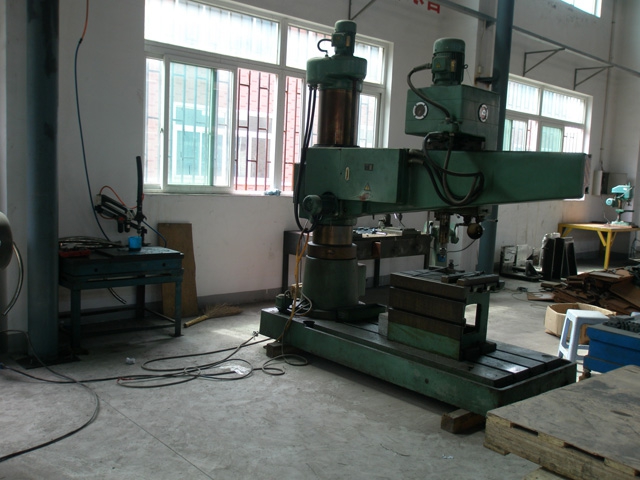
Energy economy
All the technical means necessary to maintain uninterrupted supply of the enterprise with various types of energy are called energy facilities. It, in turn, includes the following farms:
- heat power - steam and air networks, boiler rooms, sewerage, water supply, compressors;
- electric power - substations raising and lowering, transformer and generator sets, electric networks, batteries;
- gas - gas generating stations and gas networks, ventilation and refrigeration-compressor units;
- low-current - radio network, automatic telephone exchange, other types of communication;
- stove - thermal and heating furnaces;
- workshops for the repair of power equipment.
The cost of auxiliary production includes the need for energy, which is determined depending on the production plan, taking into account the norms of energy and fuel consumption, norms of losses in pipelines and networks, etc.
Transport facilities
The totality of the enterprise’s funds, which are intended for the transportation of materials, raw materials and semi-finished products, waste, finished products and any other goods both outside the enterprise and on its territory, is called a transport company.
Depending on its purpose, the transport can be external, interdepartmental, intra-workshop and intra-warehouse.
According to its mode of action, it can be continuous (pipeline, conveyor) or discontinuous (loader, car).
By type, automobile, railway, water, intra-plant (rail and rail) transport are distinguished.
As for the transport sector, the organization of auxiliary production requires solving a number of important issues:
- volume of cargo turnover and freight flows,
- transportation
- choice of transport type,
- loading and unloading operations.
Storage facilities
It includes warehouses specialized in the types of material resources, organized on the basis of the requirements for storage and processing of the latter.
Warehouse is a production facility or area that is intended for short-term or long-term placement and storage of material assets, stocks of raw materials, semi-finished products and materials, as well as for the execution of operations to prepare the above for production.
Warehouses are industrial, supply, workshop, factory, sales, universal and specialized, open, semi-closed and closed.
When organizing warehouse support production, one should determine the size of the warehouses and their number, their location, choose the most rational types of warehouse inventory and equipment in each case.
When calculating the area of storage facilities, it is necessary to take into account not only the “useful” territory intended for direct storage of raw materials or finished products, but also the area of driveways, passages, zones for sorting and dispensing goods or raw materials, loading and unloading.
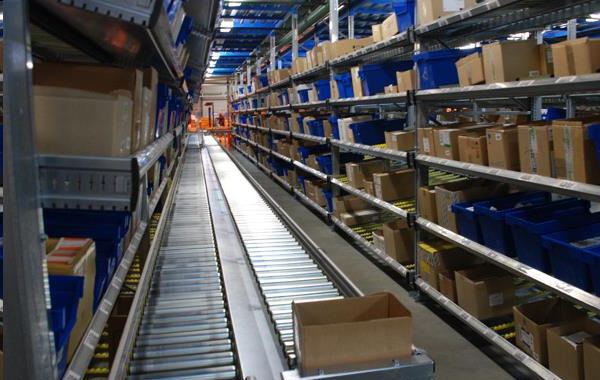
Documentation of auxiliary production services
All works and services provided by auxiliary industries are documented with the following documents:
- acts of acceptance of objects that have been repaired;
- consignment notes - display the number of tools and equipment manufactured and delivered to the warehouse;
- waybills - reflect the volumes and route of transportation of the transport sector;
- certificates written by the chief technologist or mechanic - reflect the amount of work and services provided by simple production.
Services that were provided by subsidiary workshops to each other are called counter services. They are valued at planned cost. Services that have been provided to key consumers are evaluated at actual workshop cost.
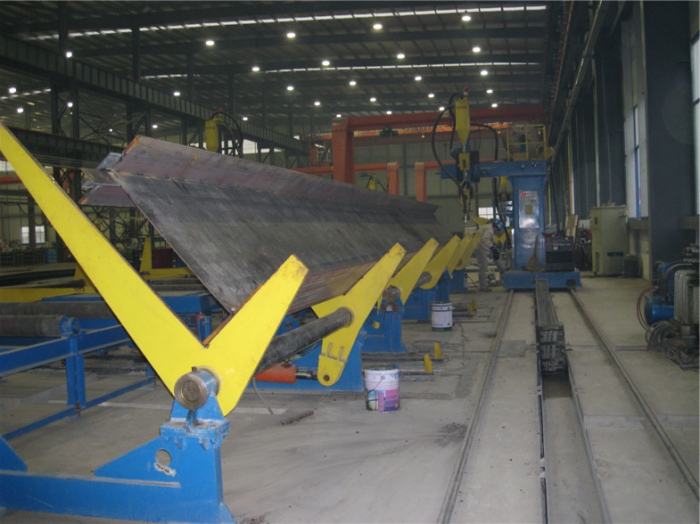
Accounting for auxiliary production and overhead
As already mentioned, the farms serving the main production are called auxiliary. Their characteristic feature is that they are formed in order to provide other industries or main industries with various services aimed at ensuring an uninterrupted production cycle.
"Auxiliary production" (account 23) is used to account for the work performed and the costs that go through the debit of this account. Monthly loan costs are written off as intended in the amount of the planned cost of the work performed and adjusted at the end of the year to the actual one.
Cost accounting auxiliary production transport
To account for the costs associated with the maintenance and operation of vehicles, use the sub-account "Automobile transport" account 23. Allocate the following cost items:
- payment of labor, taking into account social contributions;
- depreciation of fixed assets;
- organization of production;
- work and services;
- loan payments;
- other costs.
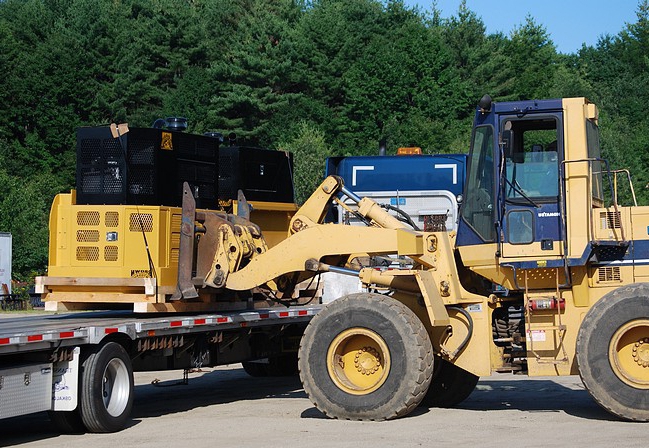
The wages include not only the salaries of drivers, but also workers who service vehicles, including a reserve for vacations. This also includes various deductions to state funds. Costs of auxiliary production related to the repair of motor vehicles and related equipment are reflected in the article “Depreciation of fixed assets”. The article “Works and Services” reflects the costs associated with the works and services of other auxiliary industries and third-party organizations performed for the automotive industry.
The article “Organization of production and management” takes into account the costs of maintaining the garage personnel and other general expenses. "Payments on loans" reflect the costs associated with the payment of interest on a loan for the needs of the transport sector. “Other costs” show the write-off of inventory and low-value equipment not included in previous articles.








